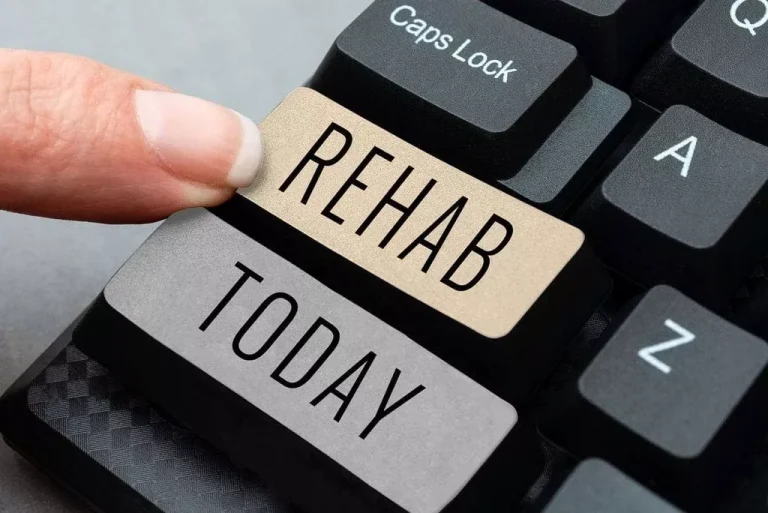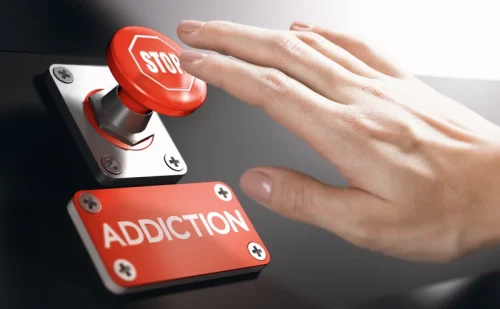
By developing adaptive coping skills and practicing self-care during transitions, you can continue on your path to recovery and avoid setbacks. Equally important is to learn to identify situations that carry high risk of relapse and to develop very specific strategies for dealing with each of them. High-risk situations include both internal experiences—positive memories of using or negative thoughts about the difficulty of resisting impulses—and situational cues. Many factors play a role in a person’s decision to misuse legal or illegal psychoactive substances, and different schools of thinking assign different weight to the role each factor plays. One vital component of the relapse prevention plan is looking out for and avoiding contact with potential triggers during treatment. If one has already relapsed in the past, it is essential to write down the list of triggers that led to recidivism.
Relapse prevention for addictive behaviors
Addiction Resource does not favor or support any specific recovery center, nor do we claim to ensure the quality, validity, or effectiveness of any particular treatment center. No one should assume the information provided on Addiction Resource as authoritative and should always defer to the advice and care provided by a medical doctor. A https://ecosoberhouse.com/ plan worksheet that starts with setting personal goals for wanting to stay sober helps a patient find a life purpose.
Know your triggers

Educating clients in these few rules can help them focus on what is important. Efforts to develop, test and refine theoretical models are critical to enhancing the understanding and prevention of relapse [1,2,14]. A major development in this respect was the reformulation of Marlatt’s cognitive-behavioral relapse model to place greater emphasis on dynamic relapse processes [8]. Similar to the original RP model, the dynamic model centers on the high-risk situation.
- At some point after making a change, the demands of maintaining it seem to outweigh the benefits of the change.
- We smoke a cigarette, avoid support group meeting, or miss our regular exercise appointment.
- However, evidence regarding its superiority relative to other active treatments has been less consistent.
- By doing this, one can retrain the body to sleep better and will also help reduce the risk of relapse.
Genetic influences on treatment response and relapse
They see setbacks as failures because the accompanying disappointment sets off cascades of negative thinking and feeling, on top of the guilt and shame that most already feel about having succumbed to addiction. Recovery is a process of growth and (re)establishing a sustainable life. Experts in addiction recovery believe that relapse is a process that occurs somewhat gradually; it can begin weeks or months before picking up a drink or a drug.

Many successful treatment plans are specifically tailored to each individual. Relapse prevention and other treatment strategies may consider the person’s environment, level of motivation, severity of their addiction, co-occurring medical and mental health conditions, and other factors, too. Professional treatment can help manage both the psychological and physical factors of addiction to promote recovery. To these ends, comprehensive substance abuse treatment programs often include both therapeutic and pharmacological methods to promote and sustain recovery while working to minimize relapse and manage use triggers. CBT is a form of psychotherapy that helps identify negative thoughts that lead to substance abuse. CBT effectively reduces the risk of relapse and is an integral component of the recovery process.

In a study by McCrady evaluating the effectiveness of psychological interventions for alcohol use disorder such as Brief Interventions and Relapse Prevention was classified as efficacious23. One of the most notable developments in the last decade has been the emergence and increasing application of Mindfulness-Based Relapse Prevention (MBRP) for addictive behaviours. Global self-management strategy involves encouraging clients to pursue again those previously satisfying, nondrinking recreational activities. In addition, relaxation training, time management, and having a daily schedule can be used to help clients achieve greater lifestyle balance.

- Prolonged stress during childhood dysregulates the normal stress response and can lastingly impair emotion regulation and cognitive development.
- It is one of many tools used by individuals recovering from a substance use disorder.
- By being aware of your triggers and taking conscious actions to limit your exposure, you can stay on the path of recovery.
- While a lapse might prompt a full-blown relapse, another possible outcome is that the problem behavior is corrected and the desired behavior re-instantiated–an event referred to as prolapse.
- Recovery is a developmental process and relapse is a risk before a person has acquired a suite of strategies for coping not just with cravings but life stresses and established new and rewarding daily routines.
A warning sign is when clients ask for professional help and consistently ignore the advice. Despite its importance, self-care is one of the most overlooked aspects of recovery. Without it, individuals can go to self-help meetings, have a sponsor, do step work, and still relapse. Self-care is difficult because recovering individuals tend to be hard on themselves [9]. The most important rule of recovery is that a person does not achieve recovery by just not using.
Creating A Support System
Lifestyle Changes
- It hinges on the fact that most cravings are short-lived—10 to 15 minutes—and it’s possible to ride them out rather than capitulate.
- This may include things such as how one felt before relapsing, activities, warning signs such as increasing isolation, mood swings, a decline in self-care, developing cross addictions, and so on.
- A therapist, counselor, or addiction specialist can provide guidance, support, and personalized strategies for managing cravings and maintaining sobriety.
- During these sessions, therapists teach coping skills, identify triggers, and develop strategies to prevent relapse.
- When the urge to use hits, remind yourself why you started down the path to recovery in the first place.
